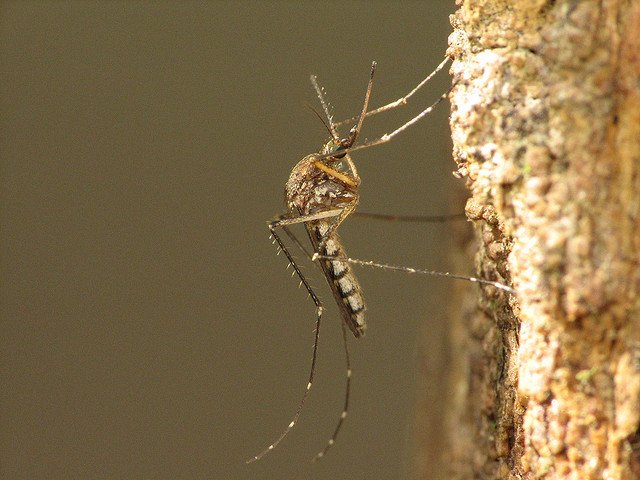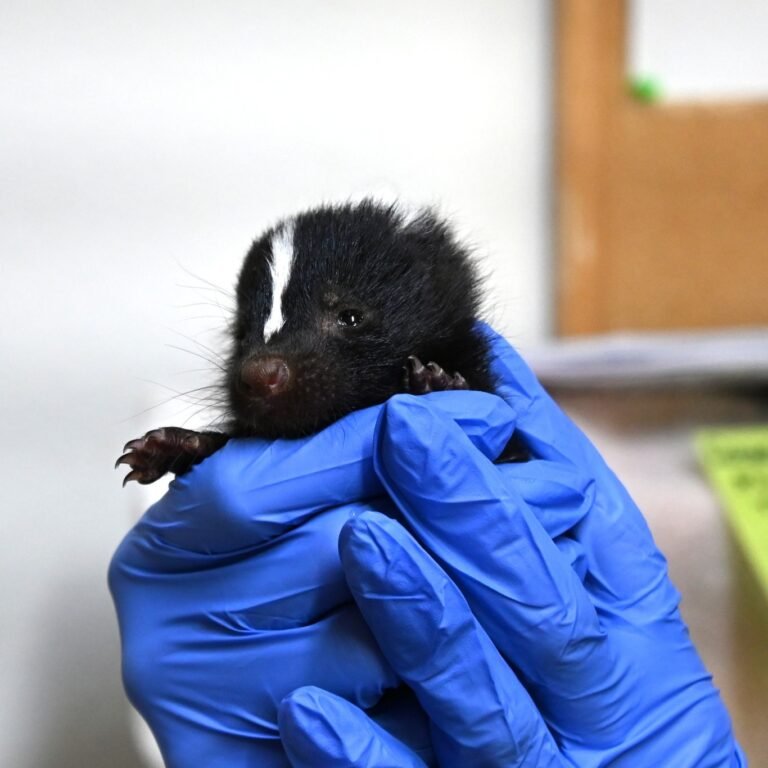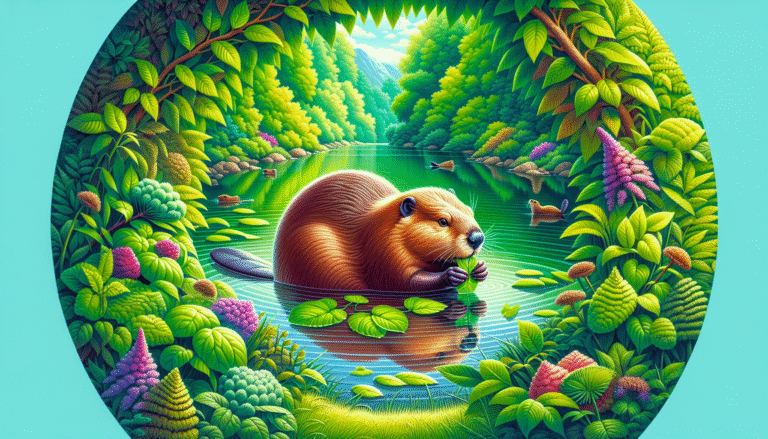What do you think happens when a turtle comes face to face with challenges like habitat loss and predators? It might seem like a slow-moving problem, literally and figuratively, but the decline of turtle populations, like the wood turtle in Michigan, has sparked innovative approaches to conservation efforts. Let’s find out how these approaches, especially the unexpected involvement of dogs, are helping researchers track and protect these remarkable creatures.
The State of Wood Turtles in Michigan
Wood turtles once thrived in the rivers and lush surroundings of Michigan’s northern Lower Peninsula. However, their numbers have dwindled, leading the state to place them in a threatened category. This means that without proactive conservation measures, they may soon be classified as endangered. Understanding the reasons behind their decline can shed light on how we can support their recovery.
Reasons for Decline
Several factors contribute to the decline of wood turtles. Firstly, habitat loss plays a significant role. As urban expansions occur and logging practices fail to sustain a healthy environment, turtles lose their homes. Poor water quality and changing climates further exacerbate these challenges.
But that’s not all. Wood turtles also face threats from predators. Raccoons, which have thrived alongside increased human activity, are particularly notorious for raiding turtle nests. They keenly seek out nesting sites, often resulting in high mortality rates for turtle eggs.
The Role of Conservation Efforts
Efforts to conserve turtles involve both lawmakers and dedicated wildlife enthusiasts. The Michigan Department of Natural Resources (DNR), along with organizations such as the Little Traverse Bay Band of Odawa Indians, is taking proactive steps to counteract these threats and promote turtle population recovery.
These organizations work together to monitor wild turtle populations, identify threats, and implement conservation initiatives aimed at preserving habitats and supporting breeding efforts.
Innovative Approaches: The Canine Connection
How can you think outside the box when it comes to wildlife conservation? One of the most engaging and unconventional methods being used today is the employment of specially trained dogs to assist in locating and tracking wood turtles. This unique approach adds a layer of excitement to conservation efforts and has proven to be quite effective.
Meet the Turtle-Sniffing Dogs
Bill Parsons, a biologist with the Little Traverse Bay Band’s natural resources department, has been at the forefront of this initiative. His labradoodle, Mooz, displays a particular talent for detecting wildlife, making him an ideal candidate for the job. Parsons trained Mooz to recognize the scent of wood turtles, turning playtime into a valuable service for conservation efforts.
Through play, Mooz stays motivated to search for turtles. Every time he finds a turtle, he gets a reward—his favorite toy. This playful approach ensures the dog remains engaged and focused during searches, making the process efficient and enjoyable.
The Search Process
When searching for turtles, Parsons and Mooz embark on adventures through various terrains, including river systems, dense woods, and rocky outcroppings. With humans often limited by visibility, Mooz provides an advantage by using his keen sense of smell. While biologists scan the area, Mooz can pick up scents that remain hidden from the human eye.
The process is both intricate and fun. Imagine how adorable it must be to watch Mooz sniff around, intently tracking down turtles that others may overlook!
| Activity | Description |
|---|---|
| Searches in Different Terrains | Mooz and the team traverse rivers, woods, and backyards, uncovering turtles in diverse habitats. |
| Use of Scent Detection | Instead of solely relying on visuals, the team capitalizes on Mooz’s strong nose to locate hidden turtles. |
| Reward-Centered Training | Mooz learns through a positive reinforcement system, making the searches fun for him. |
The Not-So-Great News
While the innovative use of canine companions has uplifted spirits among conservationists, the results haven’t shown the dramatic turnaround that many had hoped for wood turtle populations. Despite Mooz’s impressive tracking skills, the survey results reflect an ongoing decline.
The Reality of Turtle Longevity and Reproduction
Turtles are long-lived creatures, but they reproduce slowly. They produce few eggs each year, and a significant portion of those never hatch, while many hatchlings struggle to survive in the wild. Consequently, without a substantial influx of young turtles, populations can dwindle over time. The situation is particularly concerning for species like the wood turtle, which inherently face a struggling birthrate.
Parsons had hoped the use of dogs would lead to the discovery of more younger turtles hiding in vegetation, but the results haven’t met expectations. This situation reveals the stark reality within conservation efforts: despite innovative methods, populations may still lag behind in recovery.
The Broader Impact of Wood Turtle Decline
When turtle populations decline, the repercussions aren’t limited to just the turtles themselves; they also impact entire ecosystems. Turtles play critical roles in their environments, serving as both predators and prey. Their interactions help define the health of their habitats, highlighting the importance of their conservation.
Ecosystem Consequences of Turtle Decline
The decline of turtles can lead to significant shifts in the ecosystem. With fewer turtles predating on species such as slugs and other small organisms, those populations may explode, potentially leading to overconsumption of vegetation and altering the landscape.
Conversely, the decline also means that predators like raccoons have fewer natural checks on their populations. This can create an imbalance, exacerbating the challenges faced by turtle nests and contributing to a downward spiral affecting multiple species.
Moving Forward: The Path to Recovery
Despite the gloomy statistics surrounding wood turtles, there is a glimmer of hope. Conservationists like Tony Henehan, who serves as Michigan’s wildlife action plan coordinator, remain optimistic about potential recovery strategies.
How You Can Help
If you’re motivated to get involved in turtle conservation and protection efforts, there are several ways you can contribute. It might not involve training a dog like Mooz, but your support can still make a difference.
Support Local Organizations
Contributing to organizations, such as the Little Traverse Bay Band or local rescue groups, can provide these groups with the necessary funding to continue their work. Your donations help support habitat restoration, rescue, and rehabilitation efforts for turtles and other wildlife.
Educate Yourself and Others
Understanding turtle conservation issues plays a pivotal role in raising awareness. By learning more about Michigan’s endangered and threatened species, you can share critical information with friends and family, helping to foster a greater understanding of the challenges facing these animals.
Advocate for Conservation
Take part in conservation advocacy efforts, promoting stronger protections for turtle habitats. Speaking up for environmental policies or supporting local legislation aimed at preserving natural ecosystems can influence the future of wildlife conservation in your community.
| Action | Description |
|---|---|
| Support Local Organizations | Donations provide resources for habitat restoration and wildlife rescue. |
| Educate Yourself and Others | Share facts about turtle conservation to raise awareness in your circle. |
| Advocate for Conservation Laws | Engage in discussions or campaigns that push for stronger environmental protections. |
Encouragement from Conservation Experts
Henehan believes there’s potential for recovery. “The numbers we’re seeing now are showing hope,” he said. “The efforts we’re taken today can have greater impacts on preserving and conserving the species than I initially thought.” He encourages individuals and communities to support conservation programs to create a brighter future for Michigan’s turtles.
Your involvement can bring about positive change, and even small actions can lead to significant impacts over time. Whether it’s an easy conversation with a friend or a donation to a local organization, every little bit helps in the quest for conservation.
Conclusion: A Shared Responsibility
As you reflect on the plight of the wood turtles in Michigan, consider the broader implications of their survival. These gentle creatures remind us of the interconnectedness of nature and our responsibility toward protecting it. Every effort counts, whether it involves adopting innovative methods or simply spreading the word about conservation.
While the road may be challenging and filled with obstacles, with your support and commitment, there is hope for Michigan’s turtle populations. The future doesn’t have to be bleak; together, we can work toward a thriving environment for turtles and wildlife alike. Let’s honor our commitment to nature and ensure that future generations can enjoy the sight of wood turtles in their natural habitats.



